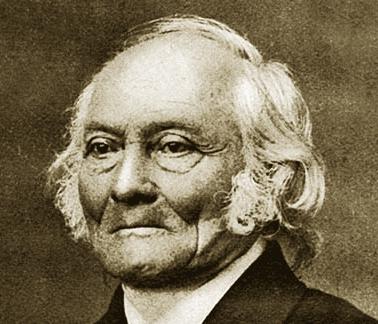The basic psychophysical law is associated with the nameGustav Theodor Fechner (1801-1887) - German physicist, psychologist and philosopher, founder of psychophysics. In his work "Elements of Psychophysics" (1860), he put forward the idea that science needs a new field of knowledge that studies the laws of the relationship between physical and mental phenomena. This idea subsequently had a great influence on the development of an experiment in psychology. Research conducted in the field of sensations allowed Fechner to substantiate his well-known psychophysical law of Weber-Fechner.

The basics of the law are associated with experiments.Ernst Heinrich Weber (1795-1878) - German anatomist, physiologist, founder of scientific psychology, along with scientists such as V. Wundt, G. Ebbingauz, etc. Weber owned the idea of measurement in psychological science.

First studies
The origin of the Weber-Fechner lawsteel research E. Weber in the field of visual and auditory sensations, as well as in the field of skin sensitivity (touch). In particular, Weber owns experiments with the temperature sensitivity of the organism.
So, for example, the effect was discovered socalled temperature adaptation. When one hand is first placed in cool water, and the other in hot, then after that the warm water for the first hand will seem warmer than for the second, unadapted.
Types of skin sensations by Weber
In 1834, Weber formulated his ideas about skin sensations ("On the touch"). The scientist identifies three types of sensations:
- feeling of pressure (touch);
- sensation of temperature;
- sensation of localization (spatial location of the stimulus).
Weber owns the development of an esthesiometer(Weber's compass). Using this device, it was possible to estimate a sufficient distance to distinguish two simultaneous touches to the surface of the subject's skin. The researcher found that the value of this distance is not constant, its value for different parts of the skin is different. Thus, Weber defines the so-called circles of sensation. The idea that human skin has different sensitivities also influenced the Weber-Fechner law.

Wording
The basis that determined the psychophysical lawWeber’s studies of the relationship between sensations and stimuli (1834) served. It was found that in order for a new stimulus to be perceived as being different from the previous one, it must be distinguished from the original stimulus by a certain amount. This value is a constant proportion of the original stimulus. Thus, the following formula was derived:
DJ / J = K,
where J is the original irritant, DJ isthe difference between the new stimulus and the original, and K - is a constant, depending on the type of receptor exposed. For example, to distinguish between light stimuli a ratio of 1/100 is needed, for sound stimuli 1/10, and to distinguish between weight 1/30.
![Weber's Fechner law wording [1]](/images/obrazovanie/zakon-vebera-fehnera-v-psihologii-oshushenij_4.jpg)
Впоследствии на основе данных экспериментов Г.Fechner defines the basic formula of the psychophysical law: the magnitude of the change in sensation is proportional to the magnitude of the logarithm of the stimulus. Thus, the relationship between the intensity of the sensation and the strength of the stimulus, to which the Weber-Fechner law is directed, is expressed in the following: the intensity of sensations changes in an arithmetic progression, while the intensity of the corresponding stimuli changes in a geometric progression.
Limitations of the law
Despite the objectivity of research,Weber-Fechner's psychophysical law has a certain convention. It was found that subtle sensations are not constant values. So, for example, one cannot argue that a subtle difference in sensations when exposed to loads of 100 g and 110 g is analogous to a barely noticeable feeling when exposed to loads of 1000 g and 1100 g. Accordingly, the Weber-Fechner law is characterized by a relative value, first of all, for irritants of medium intensity. In turn, within these limits, the law has serious practical significance.







